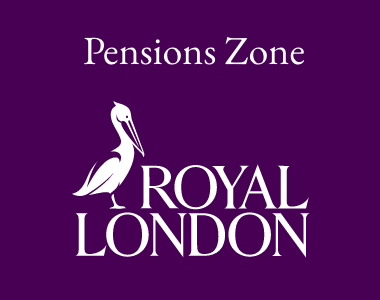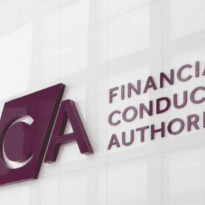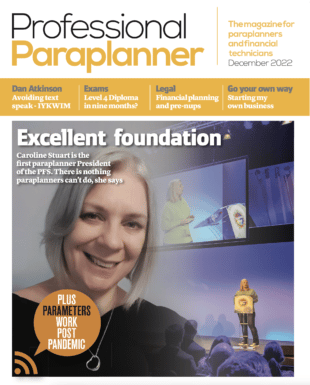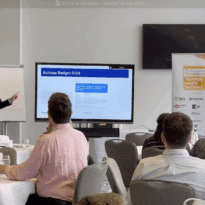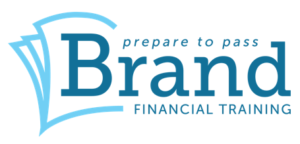This month, the Brand Financial Training team look at whether the issues around pensions tax rules and the net pay anomaly will finally be resolved.
Those R04 students paying very close attention to the tax relief system, or those who have an occupational scheme of their own, may be familiar with the net pay anomaly.
Those with knowledge and practical experience of the tax system will know that there are two main ways of providing tax relief on pension contributions. The most common of these, used mainly on contract-based personal pensions is the relief-at-source method. Under this method, the member makes a payment on a net-of-tax basis into the scheme. The provider then issues a claim to HMRC for the payment to be grossed up by 20%.
For example, if a payment was made of £80 then HMRC would add £20 to gross the net amount up to £100. This effectively means that the basic rate of income tax has not been paid on the contribution. For those who are higher or additional rate taxpayers, an additional claim can be made for repayment of an additional £20 or £25. This is done either by means of a tax return, if completed, or by contacting HMRC to either repay directly or adjust the member’s tax code as appropriate.
The other, less common, method, which applies primarily to some trust-based occupational pensions, is the net pay method. Counter-intuitively, under this model, the payment into the pension is simply taken from the member’s gross pay before deduction of income tax.
As some may be aware, in order to encourage lower earners to save for a pension, tax relief is not restricted to those who actually pay tax. Non-taxpayers may still legally claim basic rate tax relief despite not actually having paid the tax in the first place. They may also contribute up to their gross earnings. A worker earning, say, £10,000 per annum may contribute £8,000, receiving an additional £2,000 in tax relief and effectively keep the other £2,000 of their earnings.
This has, however, caused an issue in recent years for those whose pension contributions are made under the net pay system. Because the contributions are taken from their gross pay, there has been no mechanism in place for members of such schemes to claim tax relief on their contributions. That is because full tax relief is deemed to have been given at the time of the deduction.
This would be correct for basic, higher and additional rate taxpayers, who have simply paid no tax on the contribution. However, it leaves net pay members short-changed. This has become known as the ‘net pay anomaly’ and is an issue which has dogged the industry for some years. The 2019 Conservative election manifesto recognised it as an issue which needed fixing. However, subsequent world events such as the pandemic and the energy and inflation crises meant that it took a back seat.
Now, though, things are in the process of changing. The Finance (no. 2) Act 2023 contained legislation to allow members of schemes affected by this anomaly to claim a repayment directly from HMRC. With effect from the start of the 2024/25 tax year, members of defined contribution schemes who are contributing under the net pay method are able to claim this repayment or partial repayment where appropriate, where their total gross income after deduction of the pension contribution, does not exceed the £12,570 personal allowance.
The new measure requires the Commissions for HMRC, so far as reasonably possible, to make a payment to eligible individuals. This payment is equal to the amount of tax relief not paid on the contribution. HMRC is required to make the payment as soon as possible following the end of the tax year in which the payment was made.
It should be noted that even this will place members at a slight disadvantage compared to relief-at-source members, who generally receive their tax relief within 6-10 weeks of making the payment. However, it is unavoidable as HMRC requires their full earnings for the tax year to be known in order to determine eligibility for the payment. HMRC will also require evidence of the amount that was paid into the pension.
The measure has been in the works for some time, however, with its recent implementation is topical. We would not be surprised to see something on it in the new R04 study year.
About Brand Financial Training
Brand Financial Training provides a variety of immediately accessible free and paid learning resources to help candidates pass their CII exams. Their resource range ensures there is something that suits every style of learning including mock papers, calculation workbooks, videos, audio masterclasses, study notes and more. Visit Brand Financial Training






